Omar Muñoz digs into the big tequila lawsuit, how labs test for agave sugars, followed by tips on how to detect adulterated tequila or mezcal–using your senses.
The spirits world was rocked when a major law firm filed suit against Diageo for allegedly mislabeling Casamigos and Don Julio as 100% agave. The major tequila lawsuit raises urgent questions for anyone who cares about authentic agave spirits. Can we be sure our tequila and mezcal is really 100% agave? Is it possible to detect if tequila isn’t 100% agave? For answers, we first need to understand a basic but fascinating concept: the way plants perform photosynthesis.
All plants have the same goal: to capture sunlight and convert carbon dioxide and water into sugars. But not all plants carry out this process in the same way. There are three main photosynthesis strategies: C3, C4, and CAM. These terms describe different chemical pathways that plants use to fix carbon, meaning how they transform CO₂ into energy.
C3 Plants are the most common plants in the world. This category includes crops like wheat, rice, oats, and most trees. In these plants, the first compound formed during photosynthesis contains three carbon atoms. This pathway is efficient in cool, humid climates but struggles when temperatures rise or when water is scarce, because the plants must close their pores to avoid dehydration, which limits their ability to capture CO₂.
C4 Plants, such as corn and sugarcane, evolved to be more efficient in hot, sunny environments. Their first product has four carbon atoms and, thanks to a specialized mechanism, they can fix CO₂ even with their stomata partially closed, conserving water while maintaining high efficiency.
CAM Plants include cacti, orchids and of course, agaves. These plants have an extreme adaptation: they open their stomata at night, when the air is cooler and more humid, to capture CO₂, which they store as organic acids. During the day, with their pores closed to conserve water, they use the stored CO₂ internally to carry out photosynthesis. This mechanism allows them to survive in arid climates, although it also limits their growth rate.
This difference in how plants capture carbon leaves a distinct chemical signature in their tissues.
And this is where modern science comes into play.
Can lab results prove that Casamigos or Don Julio is adulterated? The science behind the tequila lawsuit.
“In isotopy jargon, it is said every day that isotopes do not lie, and that is true,”-Dr. Mercedes López
Today, at a laboratory level, it is possible to analyze the “chemical footprint” left by the photosynthesis process, using a tool called isotopic analysis. An isotope is a variant of a chemical element that has the same number of protons but a different number of neutrons, and therefore a different atomic mass. In the case of carbon, the most important isotopes are carbon-12 and carbon-13.
The ratios of carbon-13 in a material allow us to determine whether it comes from a C3, C4, or CAM plant, because each photosynthetic pathway leaves a different isotopic signature. For example: C3 plants have a different proportion of carbon-13 compared to C4 plants. CAM plants, like agaves, have intermediate but distinctive values.
This understanding led researchers to ask: Can we scientifically prove that the alcohol in tequila truly comes from agave?
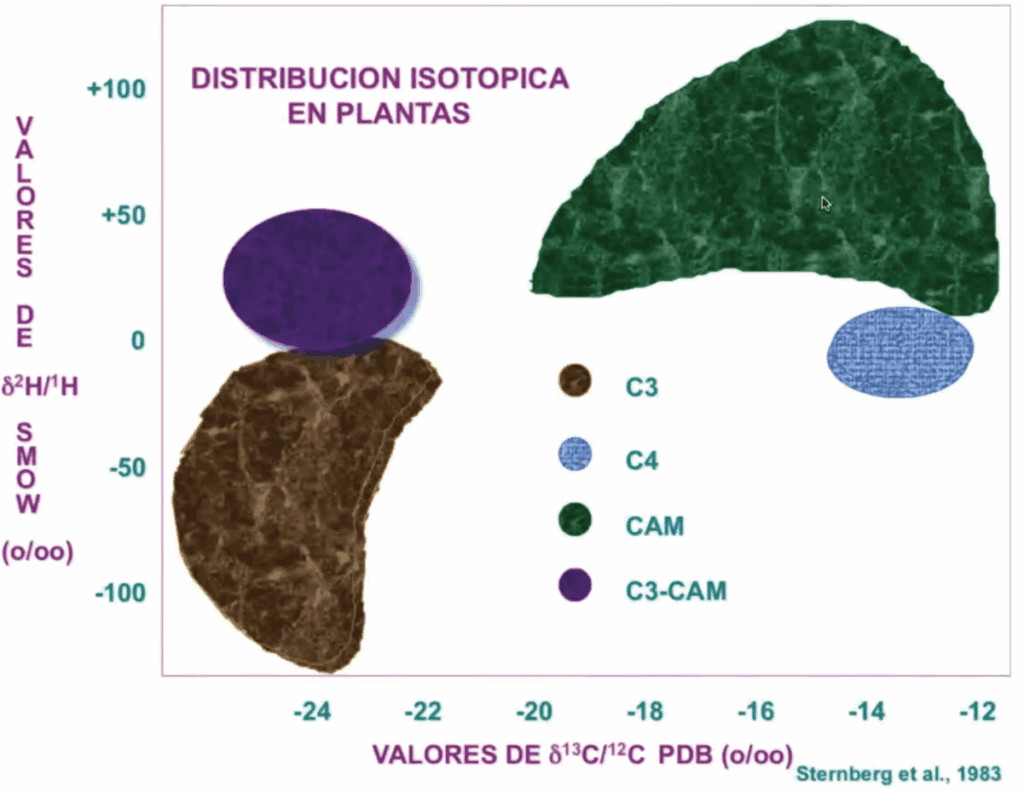
Agavins, isotopic signatures, and the quest for authentic tequila
To find out, a group of researchers began studying the sugars present in agave. They discovered that, unlike other crops that store starch or sucrose, agaves store a special molecule called fructan. Even more interesting: the type of fructan found in agaves was so unique and complex that in 2006 it was given its own name: agavins. These molecules are crucial to the agave’s ability to survive in extreme environments.
When the researchers compared the isotopic signature of agave fructans with the ethanol present in authentic tequilas, they found an almost perfect match. This confirmed that it is possible, through isotopic analysis, to detect if a tequila isn’t 100% agave.
Isotopic analysis, as detailed in this scientific study, provides a powerful method to verify the origin of agave spirits
However, there’s a major limitation: This type of analysis requires specialized laboratories, high-precision equipment, and significant cost, making it inaccessible to the average consumer.
Still, this scientific tool remains a powerful way to protect the authenticity of agave spirits against adulteration with cane alcohol (C4 plants) or other sources.
At the laboratory level, it is perfectly possible to know whether the alcohol in front of you comes from agave.
But while this technology remains out of reach for most consumers, the real challenge is for us to learn how to recognize other signs of authenticity: knowing the origin, trusting transparent producers, and developing our own sensory judgment.
Can I tell if my mezcal or tequila isn’t 100% agave without a laboratory?
Palenqueros who have produced mezcal traditionally for generations develop this skill naturally.
A skilled palenquero may be able to almost immediately detect an adulterated mezcal, meaning a mezcal that isn’t made 100% from agave.
How to taste test for adulterated tequila or mezcal
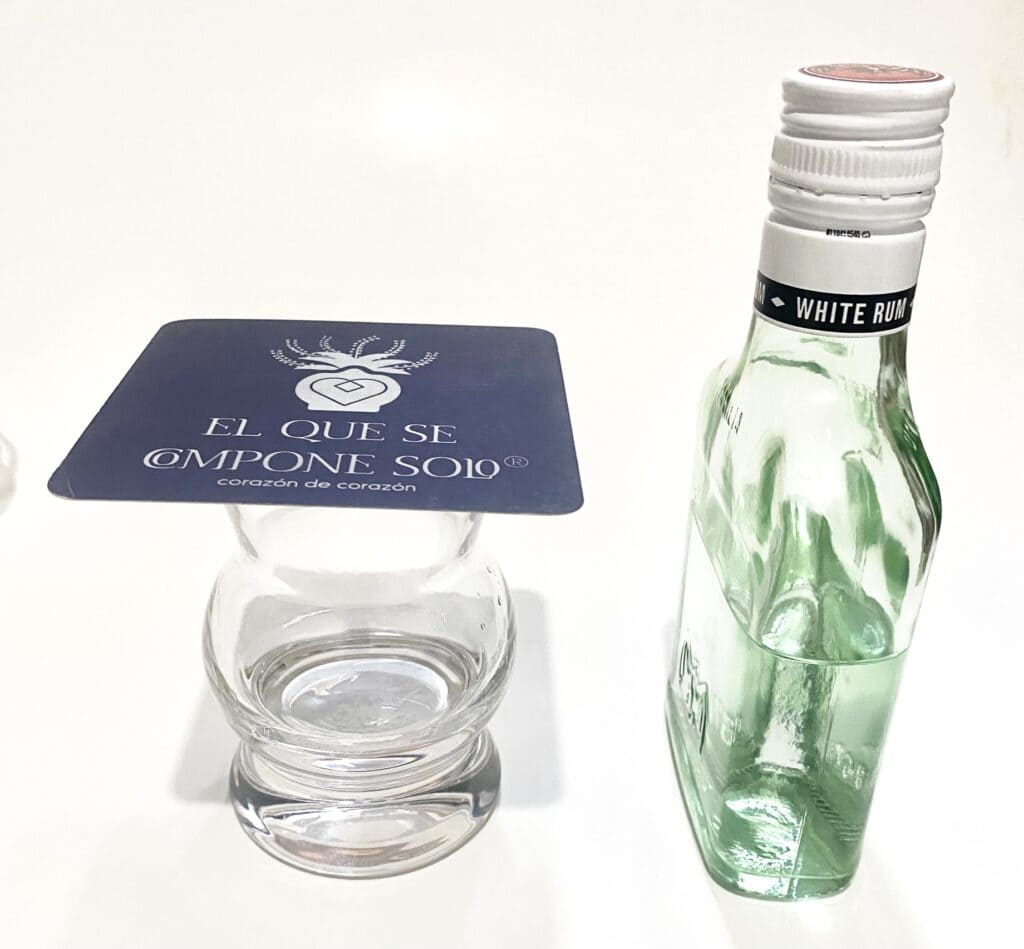
The use of molasses and cane sugar in spirits impacts several aspects of the final product: from flavor to commercial value and production efficiency. Both cane sugar and molasses are carbohydrate sources that yeast can easily ferment to produce ethanol. Unlike agave, these ingredients tend to offer a more neutral flavor profile. However, molasses, a thick, dark byproduct from sugar extraction, can contribute notes of caramel, ripe fruit, and toasted flavors, characteristics highly appreciated in certain types of rum.
From an industrial efficiency standpoint, using molasses or refined sugar is very appealing: they are abundant, cheap, and easy to process, allowing for cost reductions and faster production. That’s why these sugars are commonly found in low-cost spirits like certain rums, vodkas, and in some tequilas that are not 100% agave.
In terms of flavor, spirits made with cane sugar or syrup tend to be flatter, lighter, and more neutral.
By contrast, spirits made exclusively from agave, when not diluted or blended, express unique flavors, often described as vegetal, fruity, herbal, earthy, or mineral profiles that are very difficult to replicate using cane sugar.
I remember a conversation with a producer who was brutally honest with me. He said: “Here, we make mezcal however the customer wants it. We have different qualities at different prices. There’s mezcal with sugar, mezcal with added alcohol, blended mezcal, and real mezcal. To make mezcal with sugar, we throw two sacks of sugar into the fermentation vat for better yield. When we make mezcal with added alcohol, we ferment the maguey and then pour cane spirit into the still during distillation. If they want diluted mezcal, once we have the mezcal, we mix it with cane spirit. Real 100% maguey mezcal, that one has a different price.”
This testimony clearly reveals how market pressures have created different product tiers, and how consumers often don’t really know what they are drinking.
Beyond the lab: How sensory analysis helps you detect authenticity
Learning to distinguish the typical sensory profiles of agave from the flatter, sweeter profiles of cane sugar is a powerful tool.
As we discussed earlier, the only way to be certain that a spirit is made exclusively from agave, and not blended with other sugar sources, is through laboratory analysis. However, these tests are expensive and out of reach for most consumers. For context, a specialized lab in Europe currently charges around €650 (approximately USD 700) per test, making it impractical to test every bottle we drink. So, how can we know if a tequila, mezcal, raicilla, or bacanora is truly 100% agave?
The best way to approach this challenge is by building a strong sensory reference. Most consumers have never visited a palenque or a distillery and therefore are unfamiliar with the distinctive aroma of cooked agave—a crucial element when identifying an authentic agave spirit.
Can you smell if a mezcal or tequila isn’t 100% agave?
There is a traditional method among spirit enthusiasts: rubbing a few drops of the spirit on the back of your hand, allowing the alcohol to evaporate, and then smelling to see if the cooked agave aroma remains. While this technique can be effective, it only works if you have a strong memory of what cooked agave smells like.
If you don’t have that reference point, the best strategy is to learn how to recognize what isn’t agave.
How to develop your senses to detect tequila that isn’t 100% agave
Start by getting a small bottle of the most popular commercial rum, the one with the bat emblem on the label. You’ll also need to find a blanco or reposado tequila that does not say “100% agave” on the label, meaning it can legally be made with 51% agave sugars and 49% other sugars.
Next, prepare the materials you’ll need for the analysis. Ideally, use a flute glass, a wine glass, a professional tasting glass, or even a traditional votive candle glass (commonly used for mezcal in Mexico). Avoid shot glasses or any glassware with a very narrow mouth. You’ll also need a coaster or small card to cover your glass, a glass of water, and a notebook or sheet of paper to write down your observations.
Choose a quiet space, free of strong odors and noise, and ideally with a temperature between 68°F and 77°F (20°C to 25°C). A crowded bar or noisy environment is not suitable for a proper sensory evaluation.
To begin the exercise, pour one ounce of rum into your glass and immediately cover it with the coaster or card. Let it sit for three minutes. Then, remove the cover, bring the glass close to your nose, close your eyes, and take three short, gentle sniffs. Afterward, cover the glass again.
Wait another three minutes. Tilt the glass at about a 45-degree angle and gently swirl it five times, making sure the spirit coats the walls of the glass. Remove the cover and repeat the three short sniffs. Write down your impressions without worrying about using technical vocabulary. What matters is recording your honest, personal perceptions.
In the visual phase, observe the “tears” that form on the inside of the glass after letting it sit for one minute. If the tears are irregular, broken, or form droplets, it’s a sign the spirit might contain additives like glycerol, which is used to add body and sweetness. In contrast, continuous, consistent tears usually indicate a well-made, additive-free spirit.
For the tasting phase, take a small sip of rum, hold it in your mouth for ten seconds, then swallow and exhale through your mouth. After waiting three minutes, take another sip, hold it for five seconds, and this time, after swallowing, exhale through your nose. Repeat this as many times as necessary, noting any flavors, textures, or sensations you detect.
If you struggle to find descriptors at first, that’s completely normal. Tasting spirits and articulating flavor notes is a skill that improves with practice. At this stage, it’s better to avoid relying on tools like flavor wheels; the goal is to build your own personal sensory memory based on your experiences.
Repeat this exercise at least five times on different days to thoroughly memorize the characteristics of sugarcane-based spirits. Afterward, perform the same exercise using the tequila that isn’t 100% agave. With repeated practice, you’ll notice that many sensory notes in the mixto tequila resemble those found in the rum, due to the presence of cane sugars.
Once you complete this training, whenever you taste a mezcal, tequila, raicilla, or bacanora that reminds you of those cane-based notes, you’ll have good reason to suspect that the spirit may not be 100% agave.
In a world saturated with industrialized products, learning to recognize authenticity is not just an act of enjoyment; it is also an act of cultural resistance.
Lab testing resources for more information on the tequila lawsuit

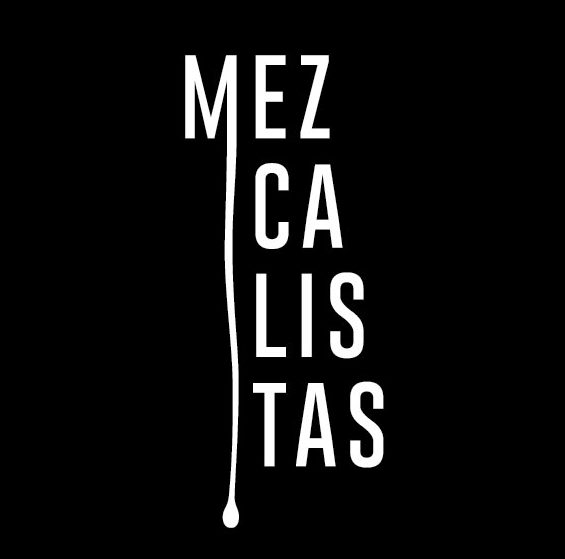
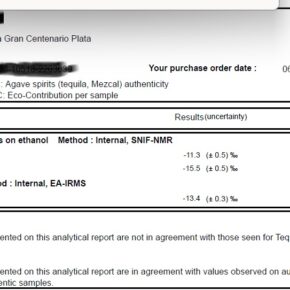
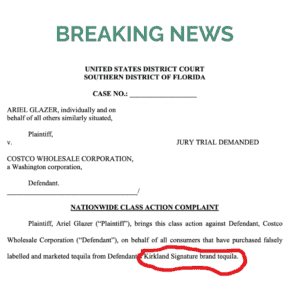
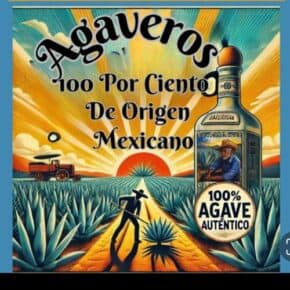
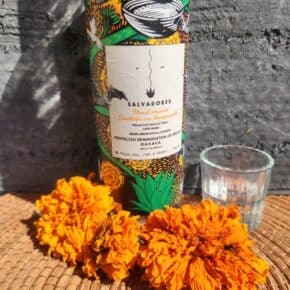
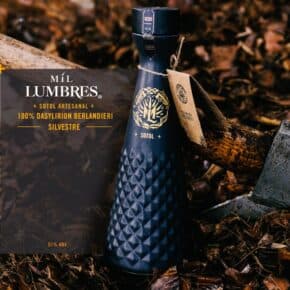
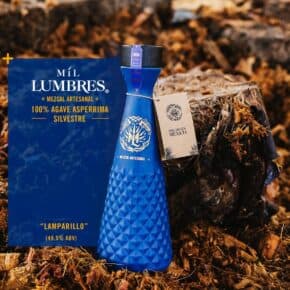
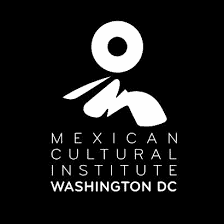
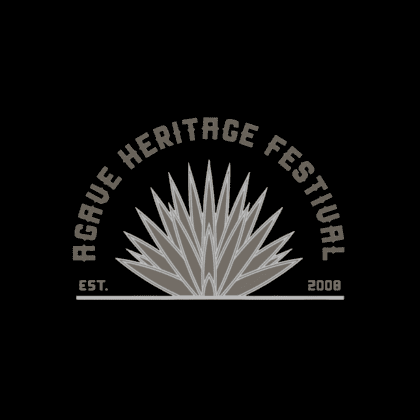

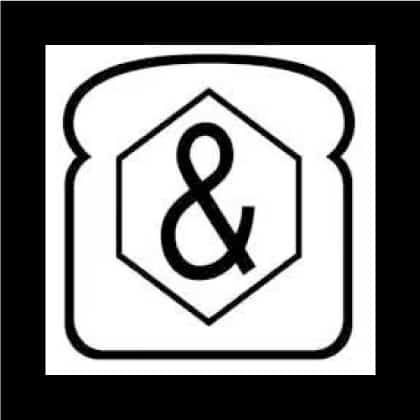

As far as I can tell, the study that you referenced used NMR to detect the differences between agave syrup, orange juice, and pineapple juice. Do you have any references for NMR’s use as a detection method for sugar sources on distilled products, specifically comparing agave to non-agave distillates? The closest that I can find are papers that use NMR to compare the age statements of tequilas. I don’t think the Diageo lawsuit has any teeth without a well-controlled direct comparison of agave distillates to non-agave distillates. The lawsuit’s cited references are just alluding to the possibility of such a test, without presenting any factual information of whether or not such a study has already been performed or observed by the plaintiffs.
I appreciate the importance of the conversation that’s being brought up, but I’d like for the lawsuit to ultimately go somewhere beyond public awareness.
We can only wait and see what comes out in the future legal filings. Our understanding is that the science of the lab tests are now able to focus on specific agave sugars (ie variety) and cane sugars. We continue to pursue this to get more detailed information and hope to have more details in the coming weeks. Like everyone, we hope the lawsuit is more than just a fishing expedition. The CRT apparently has a lab that can test the differences but they have yet to respond to our questions about the tests.
Thank you for this article. That is so illuminating.